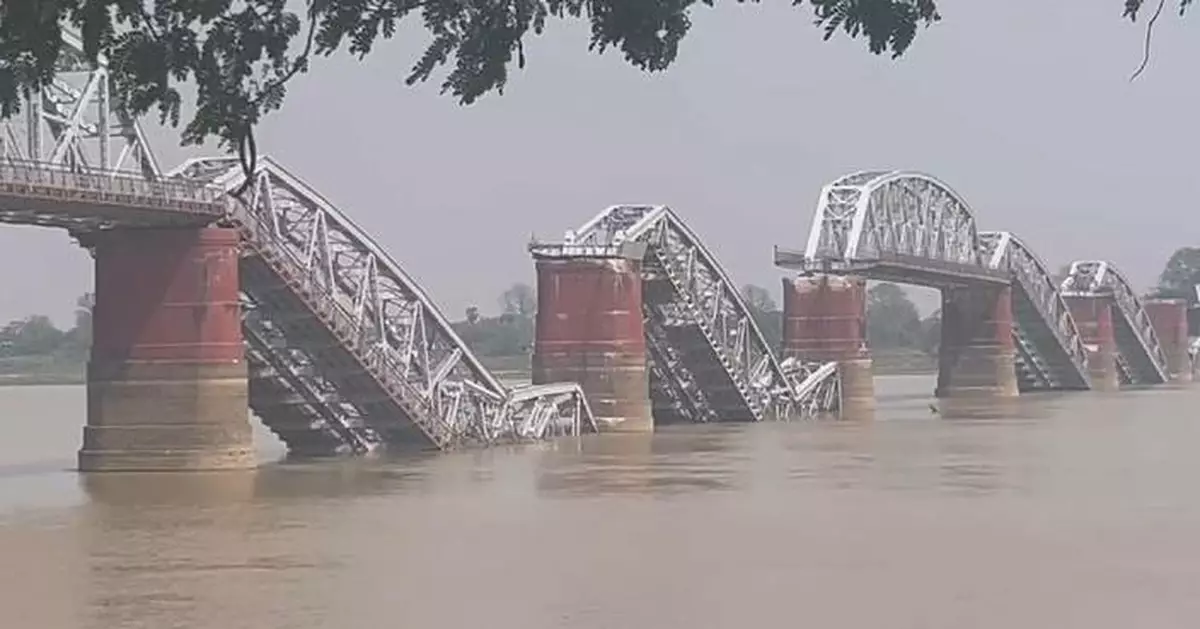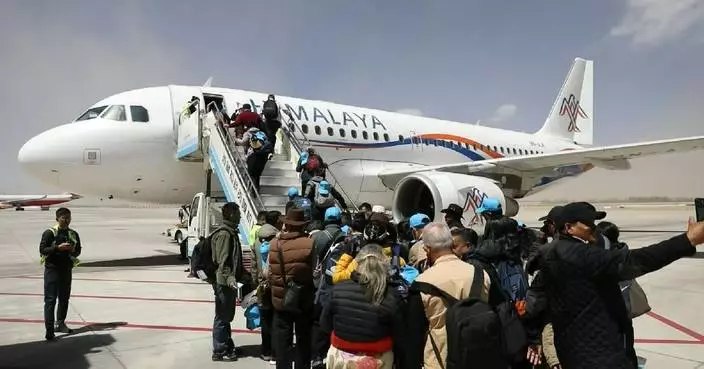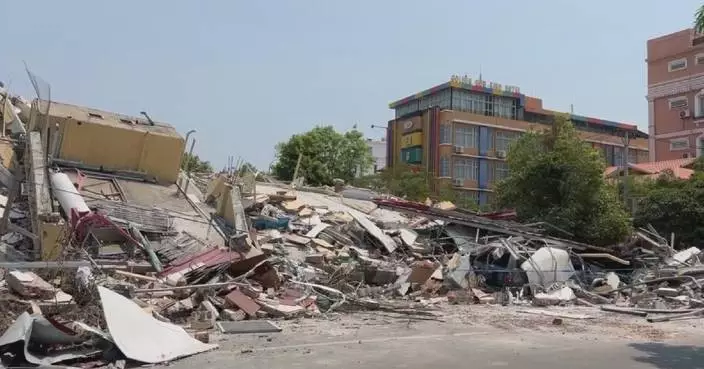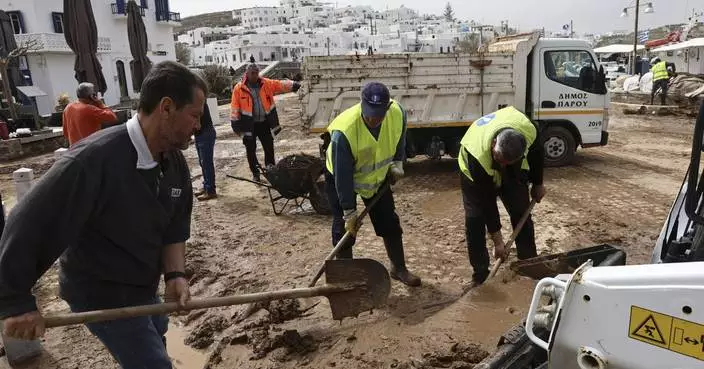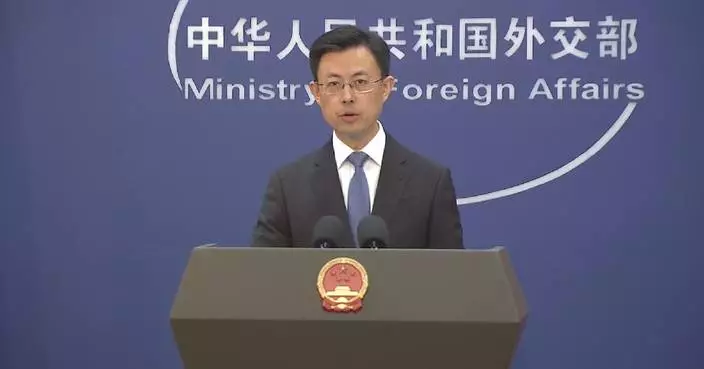The powerful earthquake that struck Myanmar on Friday severely damaged buildings and critical public infrastructure in the Sagaing region and surrounding areas.
The 7.7-magnitude earthquake hit Myanmar at around 12:50 local time (06:20 GMT) on Friday, with Mandalay, Bago, Magway, the northeastern Shan state, Sagaing, and Nay Pyi Taw among the hardest-hit regions.
As of Sunday noon local time, the earthquake had claimed 1,700 lives, injured 3,400 people, and left some 300 others unaccounted for, according to Myanmar's Information Team of the State Administration Council.
Video footage from China Central Television (CCTV) on Sunday afternoon showed severe damage to key roads linking Mandalay, Myanmar's second-largest city, and the Sagaing region, with visible cracks and large fractures making travel treacherous.
Additionally, century-old Ava Bridge, also called the Old Sagaing Bridge, which spanned the Irrawaddy River between Mandalay and Sagaing regions collapsed during the severe quake.
Reporting from Sagaing City, a CCTV journalist observed that the earthquake had destroyed the majority of buildings in the urban area.

Powerful earthquake devastates critical infrastructure in Sagaing
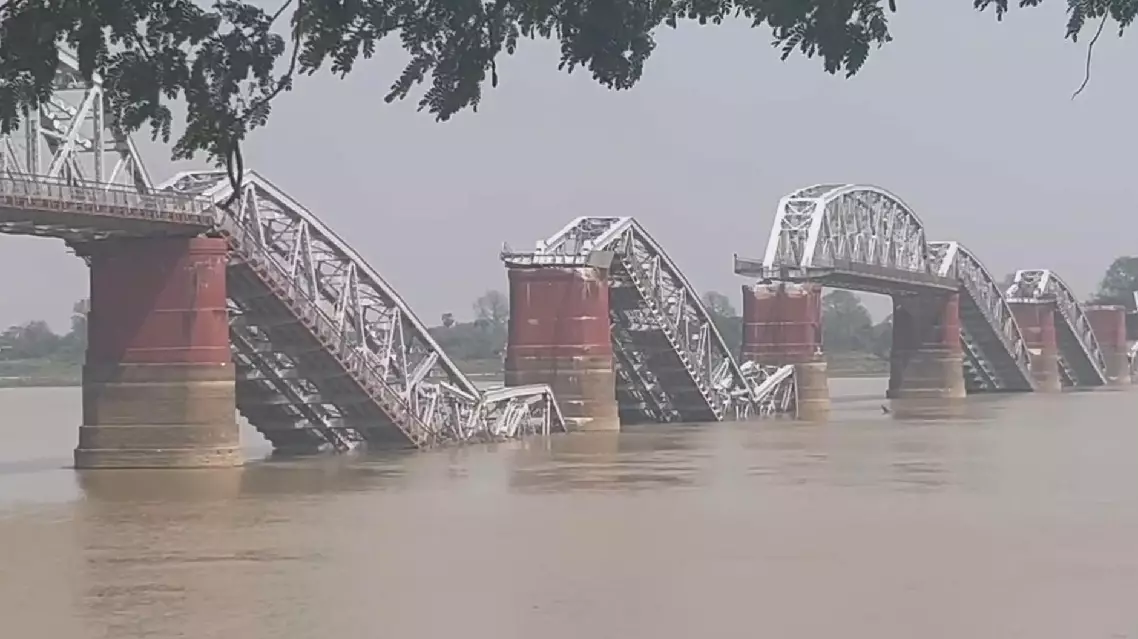
Powerful earthquake devastates critical infrastructure in Sagaing
An official of the United Nations World Food Programme (WFP) called for more international funding to support the organization's urgent need to scale up its operation in Myanmar after a 7.9-magnitude earthquake devastated the country's central part on Friday.
Michael Dunford, Representative and Country Director for Myanmar of WFP, made the appeal during an interview with China Global Television Network (CGTN) on Monday.
He said the organization urgently needs more funding from international donors as the relief efforts enter the recovery phase.
"I expect that quickly the UN and other international actors will move more to the recovery phase, and this is where we will be looking for a joined-up approach and where we must have additional international funding," he said.
Funding shortage has been a challenge for WFP's operation in Myanmar. In mid-March, it warned that more than one million people in the country will be cut off from WFP's lifesaving food assistance starting in April due to critical funding shortfalls.
It said that these cuts come just as increased conflict, displacement, and access restrictions are already sharply driving up food aid needs.
Dunford said that since WFP has been forced to shrink its assistance in Myanmar, the sudden need to scale up its operation is particularly challenging.
"It's difficult. As I mentioned, we were in the process of downsizing our operation because of a lack of funding. Now, very quickly we need to upscale, so, we can only do that with funding. And ideally, we get funding for our previous operations and this additional requirement. Without that, we will struggle," he said.
According to a WFP statement released on Sunday, the organization is in a position to support 100,000 of the most affected people in Myanmar with ready-to-eat food first, followed by food and cash for food assistance to 800,000 people for a month.
It added that access to earthquake-hit areas and unreliable telecommunications continue to pose challenges for WFP and partners in mounting a full-scale response to massive needs.
The death toll from Friday's devastating 7.9-magnitude earthquake in central Myanmar has risen to 2,719, with 4,521 people injured and more than 440 still listed as missing, according to the Southeast Asian country's leader Min Aung Hlaing on Tuesday.

WFP official calls for more funding to support operation in quake-hit Myanmar




